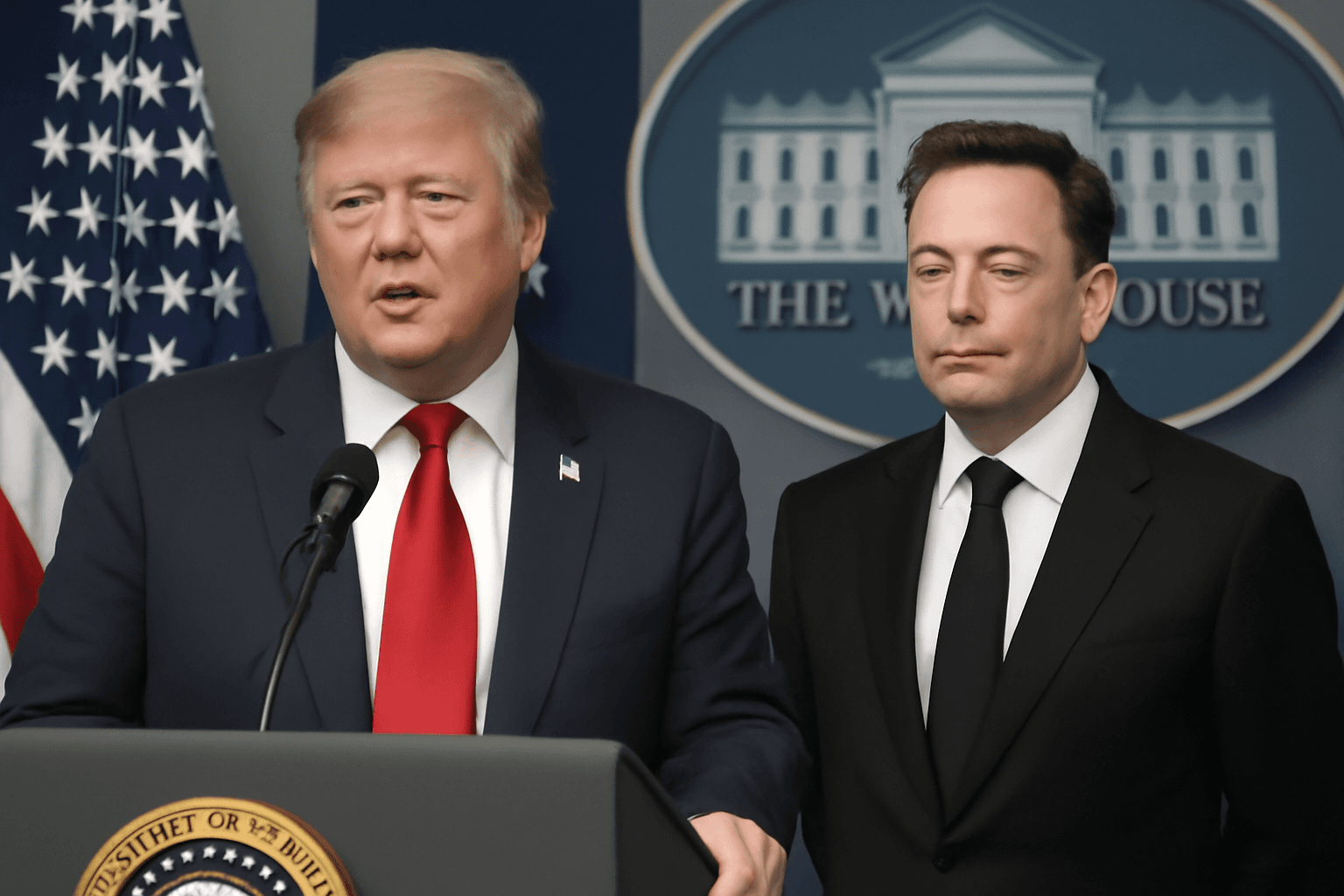UK Private Sector Growth Falters as Costs and Global Tensions Mount
The UK’s private sector faced a notable slowdown during July, grappling with escalating costs, new taxes, and ongoing global trade tensions that have taken a toll on business confidence. Recent data from the S&P Global Flash UK Purchasing Managers’ Index (PMI) revealed a dip to 51—a two-month low—highlighting subdued expansion and increased pressure on employment.
Rising Costs and Fiscal Measures Weigh Heavily on Businesses
Private sector companies across manufacturing and services sectors showed signs of strain, with output growth cooling down. While the PMI stayed just above the crucial 50 mark—indicating continued expansion—it fell short of economists’ forecasts and reflected a slowing momentum compared to June's reading of 52.
Many businesses cited the recent hike in national insurance contributions announced in the April budget by Finance Minister Rachel Reeves as a key contributor to increased operating expenses. Employment levels dropped to their lowest since February, underlining a growing dilemma as firms respond to tighter cost structures by trimming their workforce.
“The persistent drag from fiscal measures on employment is particularly concerning,” noted Chris Williamson, Chief Business Economist at S&P Global Market Intelligence, emphasizing the real-world impact of government policies on job security.
Trade Tensions Add to Economic Uncertainty
The challenging environment is further compounded by ongoing global trade pressures. Tariffs introduced by former U.S. President Donald Trump continue to ripple through international markets, dampening corporate sentiment and complicating supply chains for British exporters and manufacturers.
Though a separate survey from the Confederation of British Industry (CBI) indicates that the UK manufacturing sector—responsible for roughly 10% of GDP—may be stabilizing after months of contraction, the broader outlook remains fragile, with job losses persisting in factories nationwide.
Bank of England Faces a Delicate Balancing Act Ahead of Rate Decision
The Bank of England (BoE) is poised to cut interest rates for the fifth time in the past year during its August 7 meeting, a move designed to counteract the slowdown in employment and broader economic growth despite inflation creeping further above the target.
- Inflation stood at 3.6% in June, significantly above the BoE’s 2% target.
- Businesses reported passing on rising supplier costs and wage increases—themselves magnified by tax hikes—to customers for the first time since April.
James Smith, an economist with ING, pointed out the complexity facing policymakers: “The Bank should be more concerned about the ominous state of the jobs market and what it implies for wage growth.” The Monetary Policy Committee may again split as closely as in May, when members debated the extent of rate reductions amidst uncertain economic signals.
Eyewitness analysis from Matt Swannell, Chief Economic Advisor at EY ITEM Club, suggests a cautious approach: “We’re yet to see the sort of deterioration in official labour market or activity data that could prompt a pivot to faster rate cuts.”
Sector Snapshots: Services and Manufacturing
The services sector showed some softening, with its PMI dropping from 52.8 in June to 51.2 in July, signaling slower growth. Meanwhile, manufacturing experienced incremental improvement, rising to 48.2 from 47.7, yet crucially remained in contraction territory for the 10th straight month, reflecting ongoing challenges.
Context and Implications
These developments spotlight the precarious state of the British economy as it navigates post-pandemic recovery, fiscal tightening, and geopolitical uncertainty. The push-pull between managing inflation and sustaining employment creates a high-stakes environment for policymakers who must reconcile inflation control with protecting workers and businesses.
For American observers and investors, understanding these dynamics is essential, given the UK’s role as a global financial center and trading partner. UK economic health impacts transatlantic trade flows, currency valuations, and investment climates.
Looking Ahead: Key Questions
- Will the BoE’s incremental rate cuts and fiscal policies sustainably support jobs without igniting inflationary spirals?
- How will ongoing global trade disputes influence UK export-driven sectors long term?
- Can manufacturing rebound from contraction, or is there a risk of deeper economic stagnation?
Editor’s Note
This snapshot of the UK’s economic challenges in July reveals a nation at a crossroads—balancing inflation, taxation, and employment amid a complex global landscape. The unfolding months will test the resilience of businesses and policymakers alike. For those watching from abroad, particularly in the United States, the ways in which these economic pressures resolve may hold important lessons for managing labor markets and inflation in an interconnected global economy.



















